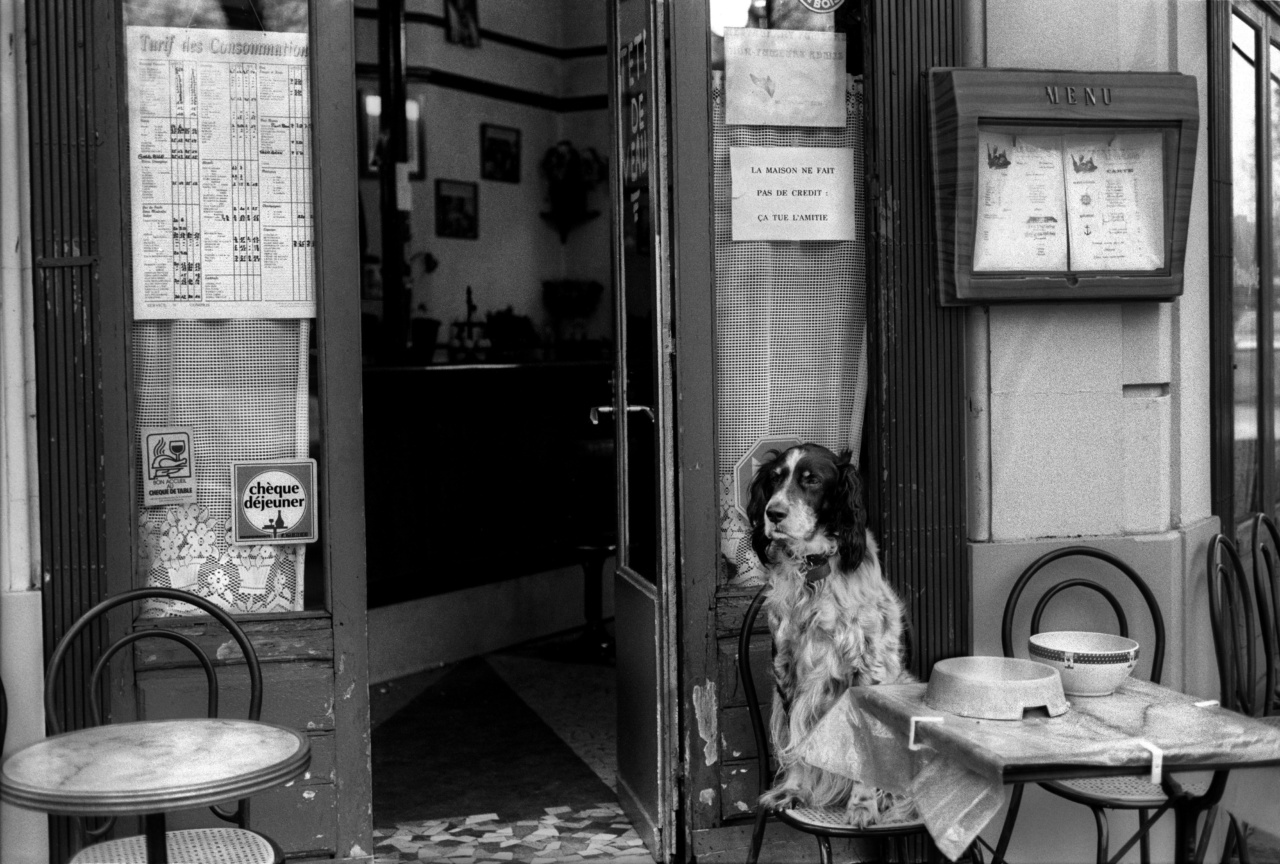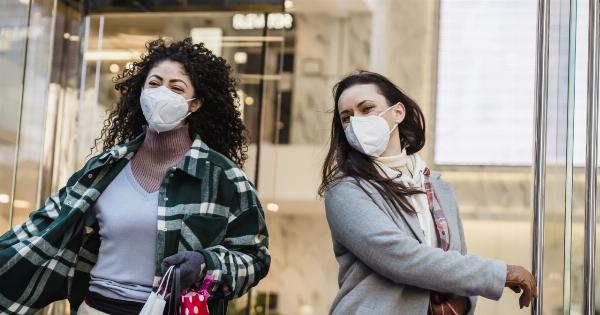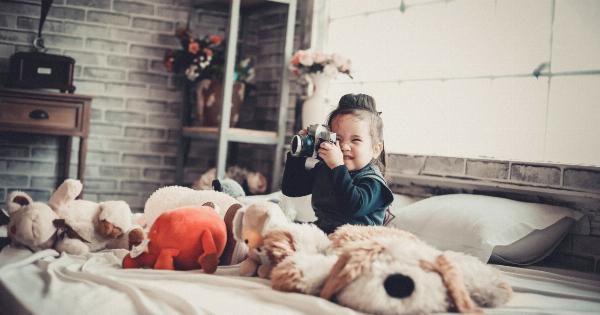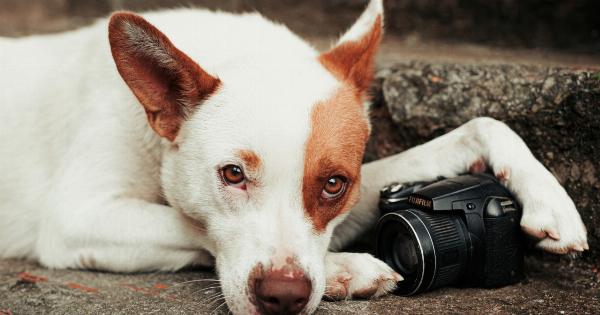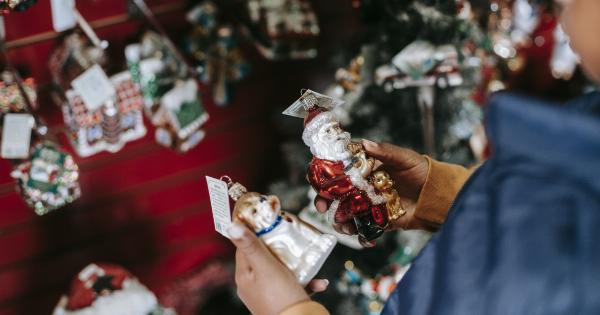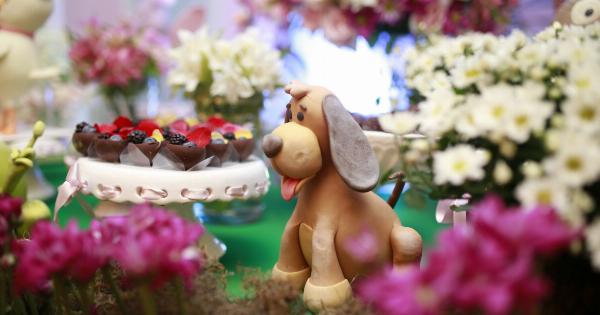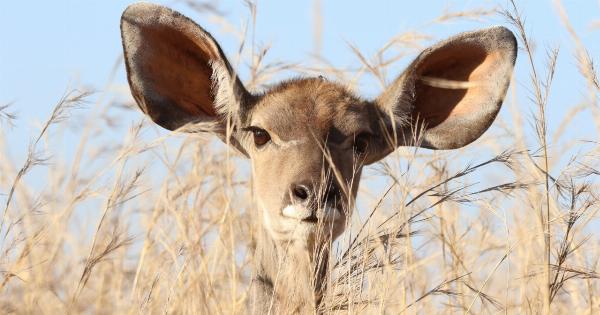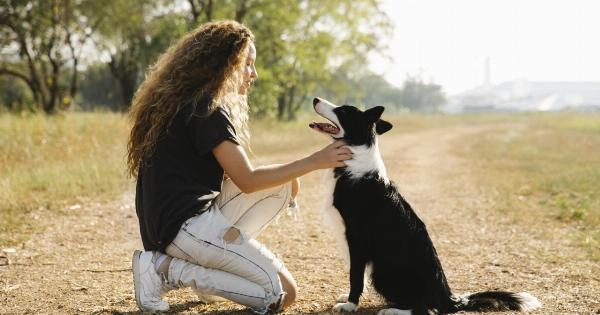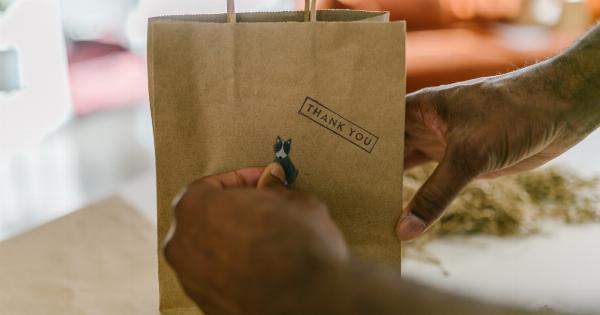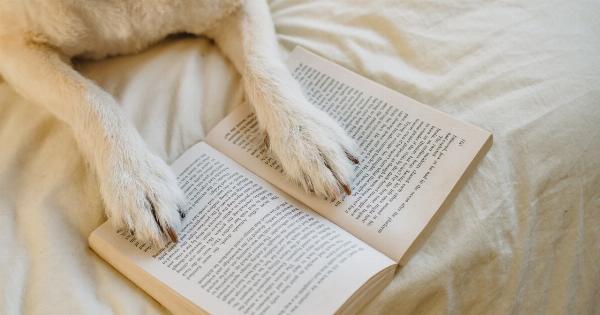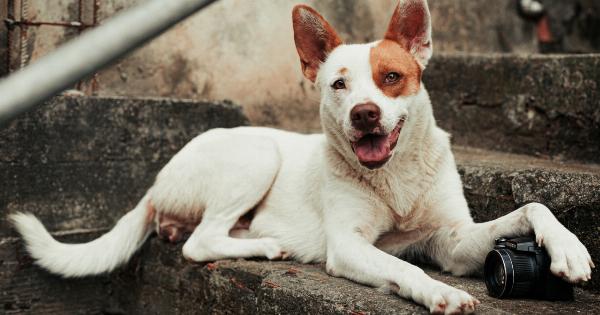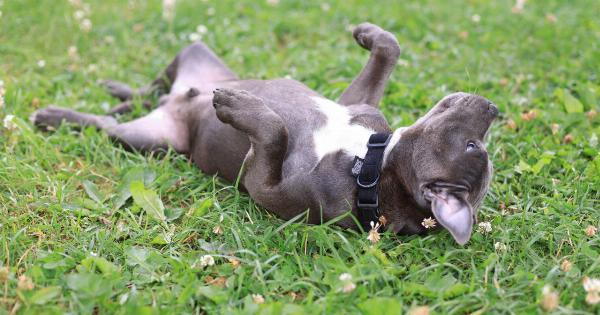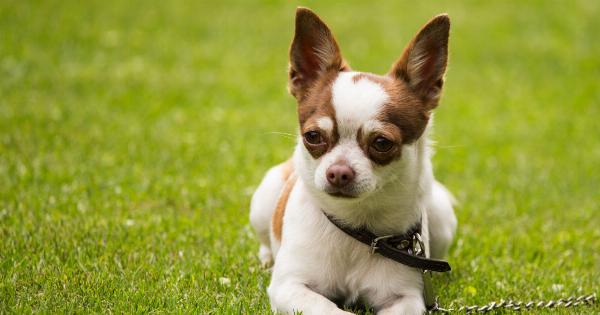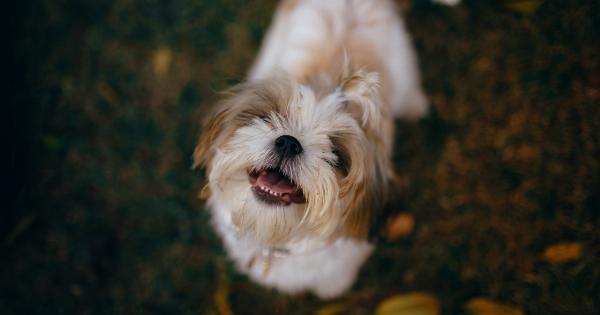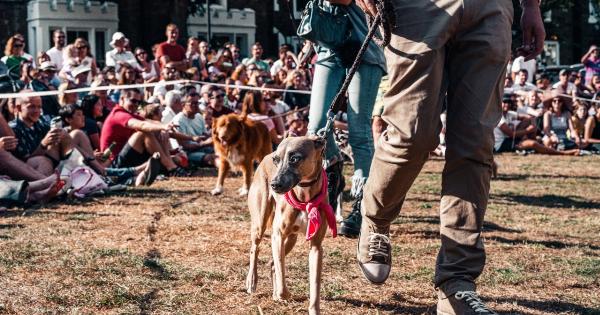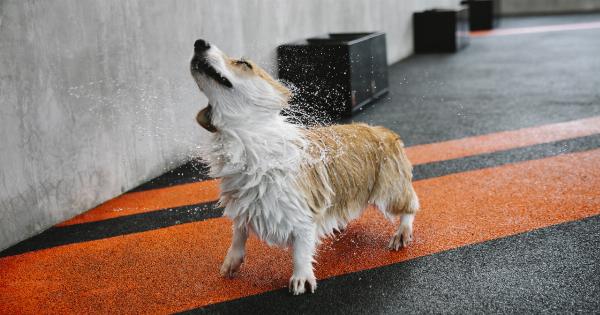Fireworks are a common feature of many celebrations, from New Year’s Eve to Independence Day. While they can be a thrilling spectacle for us humans, they often trigger fear and anxiety in our furry friends.
The loud noises, bright lights, and unusual smells can all overwhelm dogs, causing them distress. Fortunately, there are several steps you can take to help keep your canine calm during firework displays.
In this article, we will explore some effective strategies and techniques to ensure your four-legged friend feels safe and secure during these occasions.
1. Understand the Impact of Fireworks on Dogs
Before we delve into the methods of keeping dogs calm during fireworks, it’s essential to understand how these explosive displays affect them. Dogs have a significantly more acute sense of hearing than humans.
The loud bangs and high-pitched noises produced by fireworks can be incredibly distressing for them. The sudden bursts of light can also be unsettling because dogs rely heavily on their vision to interpret their surroundings.
Fireworks can trigger the flight or fight response in dogs, leading to various anxiety-related behaviors. Some dogs may hide in fear, while others may become restless, agitated, or even aggressive.
Understanding how your dog reacts to fireworks will help you prepare an appropriate plan to keep them calm and comfortable.
2. Create a Safe Space
One of the most effective ways to alleviate anxiety in dogs during fireworks is by creating a safe space where they can seek refuge. Choose a quiet, secure room in your house where your dog feels comfortable and relaxed.
Ideally, this room should be soundproof or at least insulated to minimize the noise from the fireworks.
Ensure the safe space has familiar bedding, toys, and blankets with your scent. Dogs find comfort in familiarity, so having their favorite objects nearby can help reduce anxiety.
Close all windows and curtains to block out the flashing lights from the fireworks. Consider playing soft, soothing music or white noise to further drown out the external sounds. This tranquil environment will provide your dog with a sense of security.
3. Tire Out Your Dog
Before the fireworks begin, engage your dog in plenty of physical exercise to tire them out. A tired dog is more likely to be relaxed and less anxious.
Take them for a long walk, play their favorite game, or engage in energetic activities to release pent-up energy. Tire them out mentally as well by practicing obedience training or engaging in interactive toys.
It’s important to note that energetic exercise should be done well before the fireworks start. You want to ensure your dog has enough time to wind down from the physical activity and relax before the anxiety-inducing sounds begin.
4. Use Desensitization Techniques
Desensitization is a training technique that involves gradually exposing your dog to the sound of fireworks in a controlled environment. This method helps your dog develop a tolerance to the noises over time.
However, desensitization requires patience and consistency.
Start by exposing your dog to low-level firework sounds through recordings. Play the sounds at a barely audible volume while engaging in activities your dog enjoys, such as playing or feeding treats.
Gradually increase the volume of the sounds over several days or weeks, always associating them with positive experiences for your dog.
Desensitization programs, such as “Through a Dog’s Ear” or other specialized auditory training, can also be beneficial.
These programs provide specially curated audio tracks that are designed to calm dogs during stressful situations, including fireworks.
5. Consult with a Veterinarian
If your dog suffers from extreme anxiety or has a history of traumatic experiences related to loud noises, it may be beneficial to consult with a veterinarian.
They can provide expert advice and recommend appropriate anti-anxiety medications or natural remedies.
Medication should only be used as a last resort and under the guidance of a professional veterinarian. It is essential to carefully follow the prescribed dosage and monitor your dog for any adverse reactions.
6. Distract with Interactive Toys and Treats
Keeping your dog mentally stimulated during firework displays can help redirect their attention away from the noises and lights.
Interactive toys, such as treat-dispensing puzzles or frozen Kongs stuffed with delicious goodies, can provide a helpful distraction.
Engage your dog in these activities before the fireworks start and throughout the display. The focus required to extract treats or solve puzzles will keep their minds occupied and alleviate anxiety.
Remember to use high-value treats that your dog finds particularly rewarding.
7. Provide Physical Touch and Comfort
During fireworks, your dog may seek physical reassurance and comfort. Allow them to snuggle next to you or sit on your lap if they feel more secure that way. Offer gentle petting and soothing words to let them know they are safe.
However, it’s essential not to inadvertently reinforce your dog’s fearful behavior. Avoid excessive coddling or rewarding anxious behavior, as it may reinforce their fear response. Instead, provide comfort without overindulging their fear.
8. Keep Your Dog Occupied
Engaging your dog in activities during firework displays can help divert their attention and alleviate anxiety. Consider engaging in play sessions or practicing obedience commands.
Teaching new tricks or practicing previously learned ones can be an excellent distraction for your dog. Remember to use positive reinforcement techniques, such as treats or praise, for a rewarding experience.
If your dog is particularly anxious, providing them with a long-lasting chew toy or a bone can occupy them for hours. The focused chewing action can help relieve stress and anxiety.
Choose toys that are safe and durable, and remove any small parts that could be swallowed.
9. Avoid Punishment
Punishing your dog for being anxious or fearful during fireworks will only make the situation worse. While it may be frustrating to see your dog in distress, scolding or punishing them will not alleviate their fear.
In fact, it is likely to increase their anxiety and can damage your relationship with them.
Instead, focus on positive reinforcement and reward calm behavior. Be patient and understanding with your dog, giving them the space and support they need to cope with their fear.
10. Embrace Natural Calming Remedies
Finally, for dogs with mild to moderate anxiety, natural calming remedies may provide some relief. Several herbal supplements and homeopathic remedies are available specifically designed to soothe anxious canines.
Chamomile, lavender, and valerian root are known for their calming properties and can be found in the form of essential oils or sprays. These can be gently applied or sprayed in the dog’s safe space to promote relaxation.
Another popular option is the use of calming pheromone products, such as Adaptil. These products mimic the pheromones released by mother dogs to calm their puppies and are available in various forms, including diffusers, collars, or sprays.
They can help create a comforting environment for your dog during fireworks.
Conclusion
Fireworks can be a stressful time for dogs, but with the right strategies and techniques, you can help keep your canine companion calm and comfortable.
Understanding the impact of fireworks on dogs, creating a safe space, and providing distractions and comfort are essential steps to ensure their well-being during these occasions. Remember to consult with a veterinarian if your dog’s anxiety is severe, and always be patient and supportive as you help them navigate their fears.
